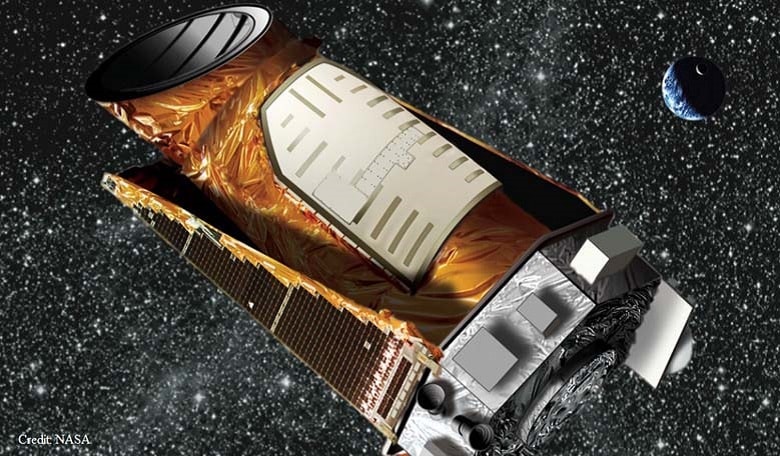The Rosetta mission’s latest discoveries on comet 67P/Churyumov-Gerasimenko are part of a lengthy and ambitious search for extra-terrestrial life.
Last November, the European Space Agency made history when it successfully pulled off the first comet landing using the spacecraft Philae, lander module of the Rosetta probe.
This week, scientists said that alien microbial life could be present on the comet, as evidenced by its organic-rich black crust.
It should be noted that both the Philae lander and the Rosetta probe were not equipped to search for direct evidence of life – a proposal to include such equipment was reportedly laughed at.
Popular culture often dictates that the search for life outside our planet involves a search for “little green men” and other such mysterious beings. Claims of contact with alien life are regularly made by unstable individuals (who sometimes claim sex abuse – as parodied by the movie “Independence Day”), and, as such, have become another pop culture punch line:
Yet many scientists believe that humanity’s first contact with alien life will involve microbes instead.
Plans for preventing Earth’s contamination by space germs are already in place, though as some authors, including ROOM’s own Christopher J. Newman, point out – we may need entirely new ethical paradigms for addressing contamination in space and on earth .
In spite of our focus on germs, there are plenty of enthusiasts hoping to receive a signal from intelligent life somewhere in the cosmos. The SETI institute was established with precisely such hopes in mind. Its work involves studying the Kepler space observatory’s field for radio signals potentially emitted by intelligent civilisations , for example.
Unverified claims of the discovery of alien life have been made numerous times, meanwhile – and we don’t mean wacky reports of alien abduction from rural areas where there is lots of bootleg whiskey to go around.











